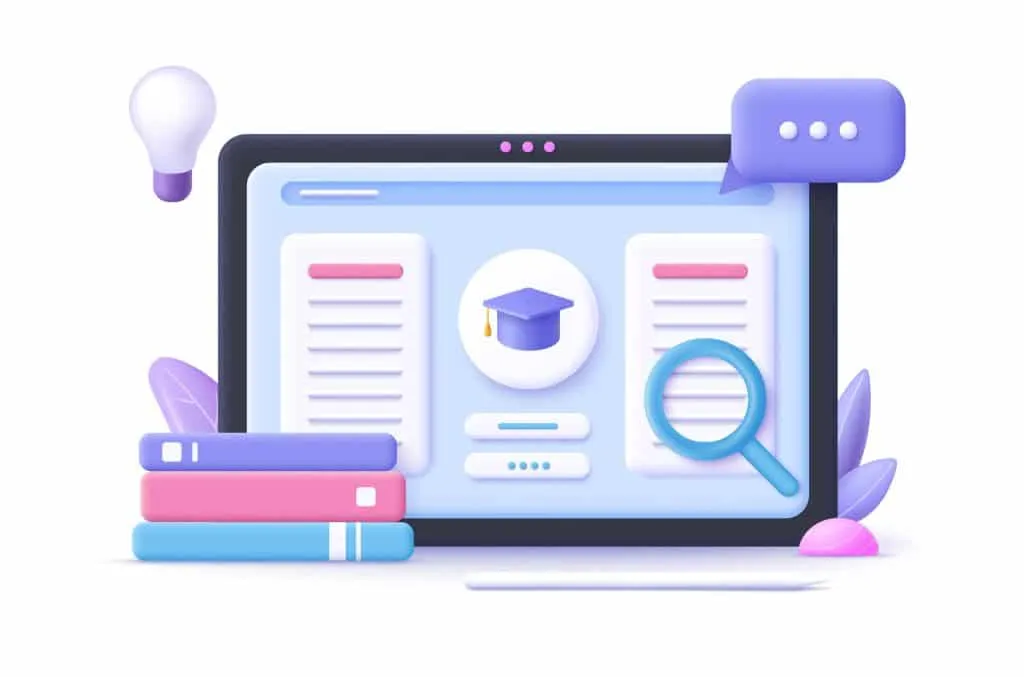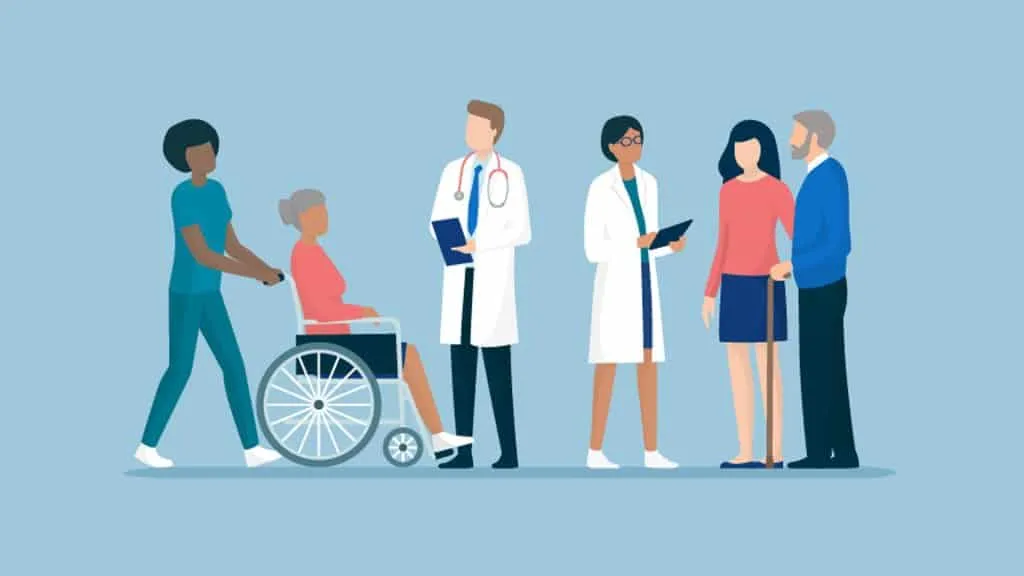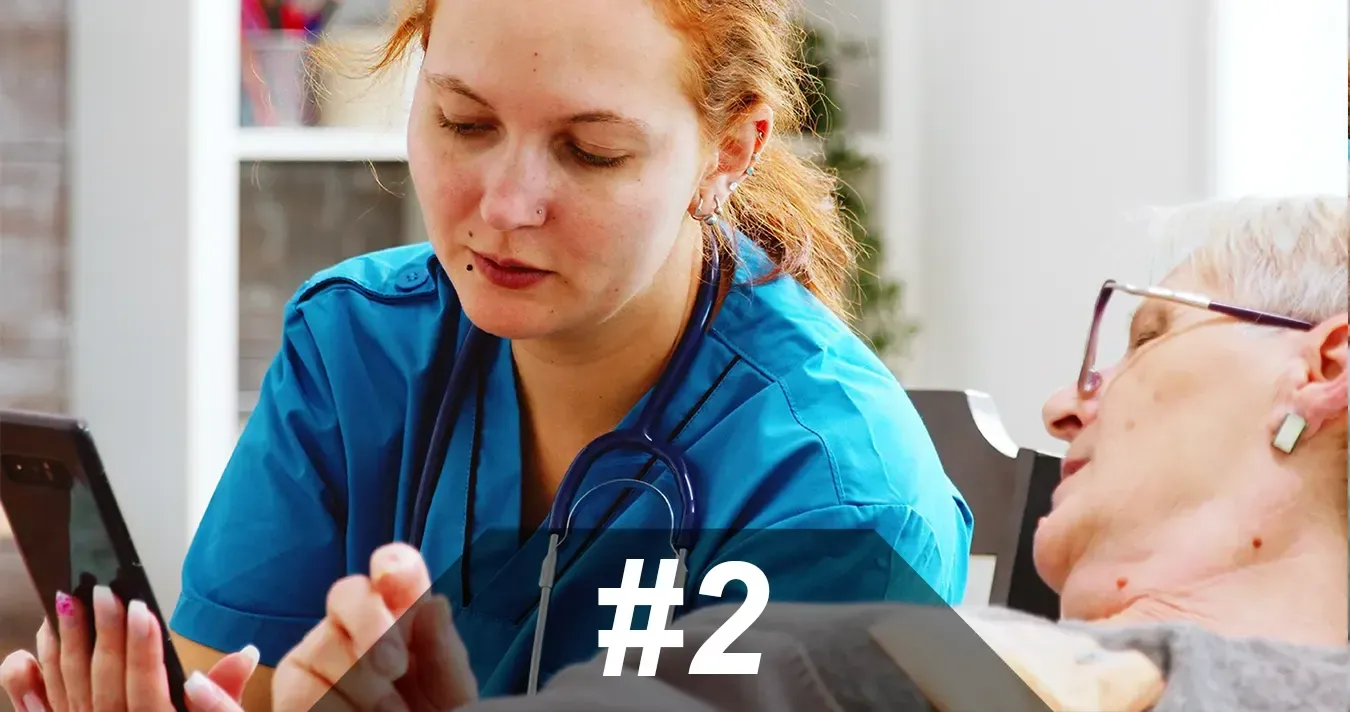INTRODUCTION
Digital patient education materials usher in new ways for patients to access crucial information. They often provide further impact for patients with limited or inadequate health literacy. These findings incentivize public health measures to implement what’s seemingly easily accessible health literacy practices. However, many still lack access to reliable internet service, and others struggle with finding relevant sources of information. The accessibility of digital patient education materials remains a compelling source in the fight for health equity.
In a 2004 study, researchers examined the effectiveness of audiovisual informed consent on patients undergoing ankle fracture surgery. Within the group who received audiovisual learning, their results show more improvement in comprehension for those with lower education backgrounds than those with higher education ones. This study suggests that people with limited literacy may prefer visual learning more than verbal discussions. Although it seems reasonable to implement audiovisual learning materials in all processes of healthcare, there are many implications involved in its use. The main implication stems from a health literacy viewpoint.
Regardless of how information is given, some people simply cannot understand the information presented to them. The Centers for Disease Control and Prevention defines health literacy as the capacity for individuals to find, understand, and use health information. Health literacy is a way for people to manage their health; however, external factors play a prominent role in influencing one’s health literacy.
Healthy People 2030 lists health literacy as a social determinant of health (SDOH). SDOH are factors affecting an individual’s health status. These factors include income level, race or ethnicity, and education level. Essentially, compounding socioeconomic and educational factors can affect an individual’s health status. Thus, creating a barrier, both physically and mentally, to accessing digital patient education materials.
WHAT DOES ACCESSIBILITY MEAN FOR HEALTH INFORMATION?
In a 2021 study, researchers defined accessibility as consisting of four principle domains: readability, findability, searchability, and usability. Readability involves the ease of reading written communication. Findability comprises how simple it is to seek and find information online. Searchability concerns the ease of navigating a website, while usability entails the ability to assess and apply knowledge for health management. These four domains provide key details in how patients interact with digital health education materials.
Although health literacy remains an important factor in the readability and usability of health information, physical barriers preventing equity of digital health information remain. Namely, those barriers that prevent findability. Researchers of a 2006 study uncovered physical disparities in access to digital technology. Nearly one-third of Americans lacked internet access, and those from underserved groups (low incomes, less education, and/or minority groups) were less likely to use the internet or seek health information from it.
Currently, the Pew Research Center reports approximately 41% of adults do not have a laptop or computer and that another 43% do not have home broadband services. When presented with these facts and in retrospect to equity in accessing health information, the cause for concern heightens.
WHAT WILL BRING EQUITY TO DIGITAL HEALTH TECHNOLOGIES?
The solutions to promote equity in digital health education involve combined efforts to address all domains of accessibility. To address readability, taking a universal approach when creating patient education materials for readers appears best. This approach entails writing or communicating to a target audience with limited health literacy.
In addition, digital health platforms should prioritize a user-centered design, which involves end-users in the design process to ensure that users can comfortably utilize the platform. From this, digital health platforms can help in this process toward health equity.
Researchers from a 2007 review explored disparities in access and use of online health information. Their suggestions indicate a policy-based approach at the institutional, community, and individual levels. The policy-based intervention consists of nurses acting as informants for accessing online health information and aims to help patients become more informed in seeking and analyzing health information. Research is still underway to unfurl potential and useful health interventions to target disparities in access.
In the age of digitalization, health disparities continue in more ways than one. Health disparities are the effects of SDOH and require much policy intervention to combat. As policy interventions gradually unravel, digital patient education platforms should aim to incorporate a user-centered design approach. With this, digital patient education platforms take the leading steps in ensuring a path to equity in the coming future of health care.






